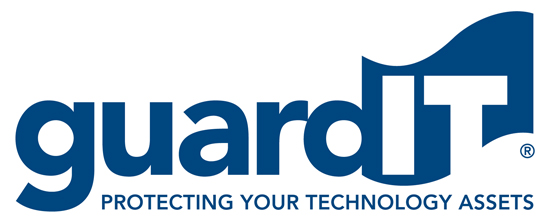Given an escrow agreement and a good deposit, clients may wonder: "If we have to rely on the escrow deposit materials at some point in the future, are we sure that everything is going to work?"
Previously, we've discussed and described what makes a good escrow deposit and how often the deposit materials should be updated. However, incomplete files, damaged media, missing instructions or components, incorrect passwords and other pitfalls – even plain old forgetfulness – can hamper or stall recovery efforts, even with a well-written escrow agreement and a current escrow deposit.
For this reason, we offer independent (third-party) testing and technical verification of the escrow deposit materials by professional software engineers to give an escrow beneficiary an extra measure of assurance while also providing a valuable inventory and functional "cross-check" for the Developer.
Click here to read the complete case study: “Guard-IT Ensures the Validity of Software Escrow Deposits with On-Demand TESTCo Services”
If at some point, a beneficiary needs to execute the escrow and release the deposit materials, he/she needs to be confident that a viable product – as opposed to some bits and pieces that might not function – has been archived with Guard-IT.
While the escrow helps resolve stalemate over possession of the deposit materials, and actually preserves the intellectual property, problems can arise if there’s no testing component.
Verification can have tremendous value when developers use it proactively. Rather than verifying escrow deposit materials only on an “as needed” basis, developers (and their product managers) can see bottom-line sales results when they build the extra assurance into their sales and marketing efforts early on.
Escrow deposit verification is an optional service that is usually requested by and paid for by the beneficiary. Verification ranges from simple acceptance testing (Level I) which inventories and “Fingerprints” all files in the escrow deposit and checks them for readability, viruses to comprehensive recompiling of the source code or system simulation (Level II). Even on-site functionality testing at the beneficiary's place of business is available on a custom basis.
